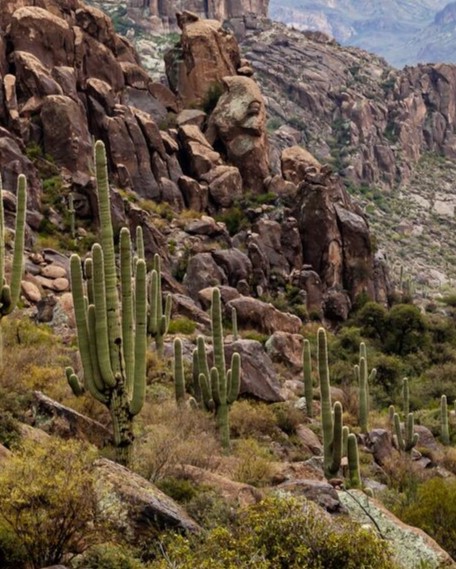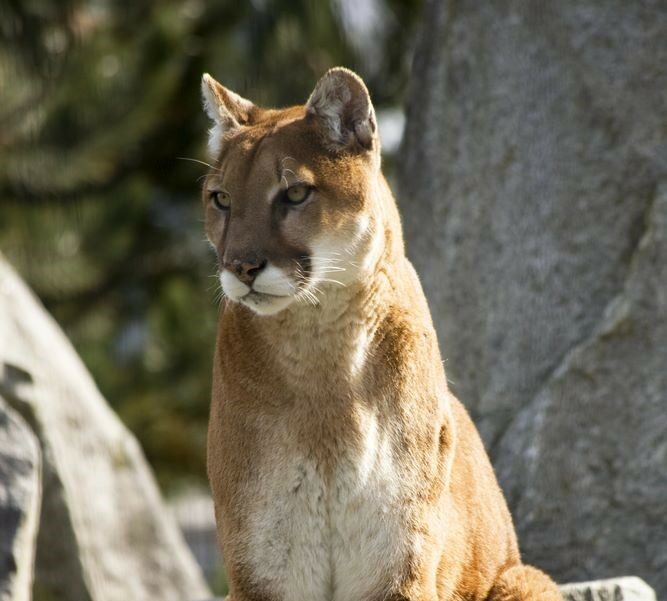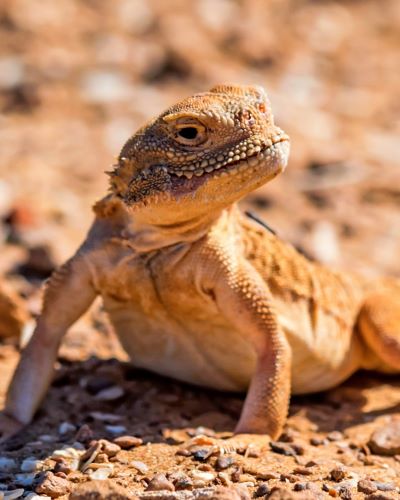Anglers and hunters have long been the driving force behind wildlife conservation in America. In the second half of the 19th century, hunters began to organize and advocate for the creation of wildlife refuges, after witnessing the effects of market-based uses of wildlife and the wanton destruction of habitat.
President Theodore Roosevelt is often remembered as the father of conservation in our country. He, along with Aldo Leopold, feared that the rugged individualism the wilderness taught them would be lost if they didn’t succeed in making conservation the nation’s highest priority.
Subsequent generations expanded Roosevelt’s legacy by creating funding mechanisms, primarily through hunting and fishing equipment excise taxes and license fees, to pay for the professional, scientific management and acquisition of millions of acres for the public to enjoy.
Below are the pillars of the North American Conservation Model as it still stands today

This principle establishes that wildlife belongs to all citizens and is managed by government agencies for the public’s benefit. In Arizona, this means that the Arizona Game and Fish Department oversees wildlife management, ensuring equitable and sustainable access for hunters and enjoyment by all conservationists.

This principle seeks to eliminate the commercial sale and trade of wildlife to prevent overexploitation. For Arizona hunters, it underscores the importance of hunting for sustenance and conservation rather than commercial profit, promoting ethical hunting practices.

Wildlife is owned by the public in an organized system of conservation that includes the use of regulated hunting seasons to help maintain healthy wildlife populations.

This principle prohibits wasteful and unethical killing, instead emphasizing hunting for wildlife management, food, self-defense, property protection, and contributing to conservation efforts

As wildlife does not adhere to human-imposed borders, this principle highlights the need for cross-border cooperation in conservation. For Arizona, which shares a border with Mexico, it emphasizes collaboration in managing migratory species and shared habitats, benefiting both countries’ conservation efforts.

The principle advocates for science-based decision-making in wildlife management meaning that wildlife policies and management practices are grounded in scientific research and data that is funded primarily by hunters and anglers. This is to ensure effective conservation strategies benefit both the ecosystem and the hunting community.

This principle requires that hunting must be accessible to all citizens, regardless of social or economic status. It demands that hunting is a democratic activity, integral to the state’s heritage and conservation efforts, and will remain accessible and inclusive.